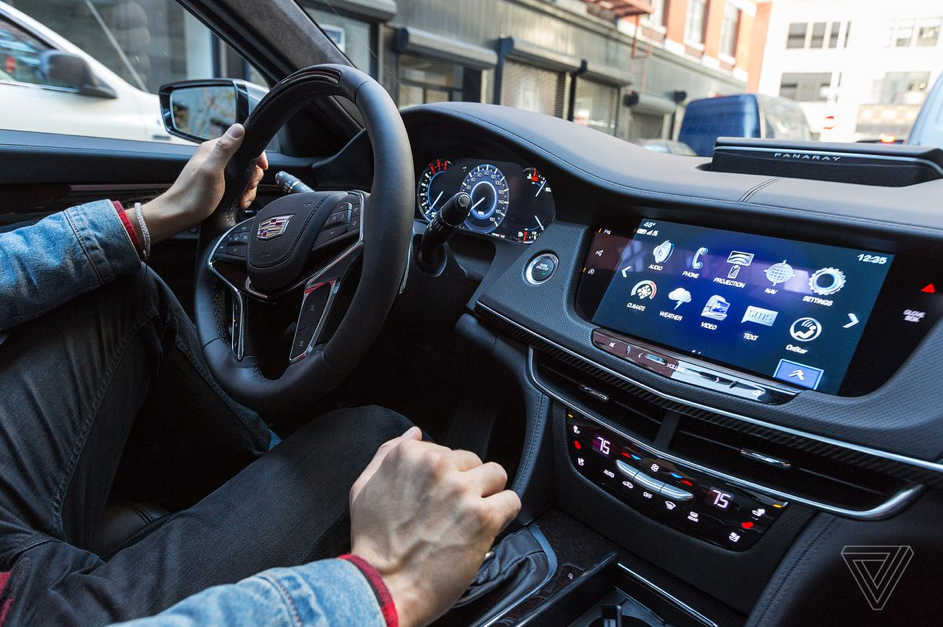Data is expected to radically change the way we live and do business in the future. In these days we use the data in our technology devices, for many decisions in our lives. Not only how to drive from A to B and avoid traffic-jams, but also to get recommendations while streaming music (Veld 2018). Previously people thought that data was only extracted by technological devices, such as mobile phones, until The Detroit Free Press reported on General Motors’ radio-tracking program a few days ago (LaReau 2018). This plan monitored the listening habits of almost a ton drivers in the Los Angeles and Chicago areas for three months in the end of 2017. It became clear that the future of targeted advertising in cars is already here (Hawkins 2018). So, the next data minefield is your car. But can this listening data cause the radio wins back its territory against digital streaming services?
General Motors captured numerous detailed information about the driver, such as volume level, radio station selection, and a specific code for a vehicle owner. The system then used the car’s built-in Wi-Fi signal to upload the data to its servers. The main purpose of this test was to determine the relationship between what vehicle owners listen to and what they buy and then turn around and sell this data to radio operators and advertiser (Hawkins 2018).
Today, radio advertising is based on a system that assigns listenership to specific radio channels. However, expert say this system is inaccurate and error prone (Hawkins 2018). These errors lead to ineffective advertisements and inaccurate prices (Kobliski 2005).
But in the future, with data collected by GM and presumably more car manufacturers, in-car advertising can be more targeted and based on specific consumer habits (Hawkins 2018). Another possible way to use this data is to create accurate predictions for listeners based on music preferences, like Spotify does (Groeneveld 2018). Based on these predictions, the car can provide a recommendation of a radio station for a specific driver.
To conclude, cars become more connected, more technology-focused, and more autonomous, it was only a matter of time before they become more branded. This transition can turn out very well for radio stations, as they can take advantages from the data created by the cars. In this way, I believe the radio can win back its territory.
References:
Groeneveld, F. (2018). Hi Spotify, what’s my favourite music? https://digitalstrategy.rsm.nl//2018/10/14/hi-spotify-whats-my-favourite-music/ [Accessed 17 October 2018]
Hawkins, A.J., 2018. GM’s data mining is just the beginning of the in-car advertising blitz. Available at: https://www.theverge.com/2018/10/17/17990052/gm-radio-listen-tracking-habits-advertising-future [Accessed 17 October 2018]
Kobliski, K.J., (2005). How Radio Ads Are Produced. Available at: https://www.entrepreneur.com/article/76824 [Accessed 17 October 2018]
LaReau, J.L., 2018. GM tracked radio listening habits for 3 months: Here’s why. Available at: https://eu.freep.com/story/money/cars/general-motors/2018/10/01/gm-radio-listening-habits-advertising/1424294002/ [Accessed 17 October 2018]
Veld, M.A.P. op het, 2018. The future of data analytics. Available at: https://www.compact.nl/articles/the-future-of-data-analytics/ [Accessed 17 October 2018]


